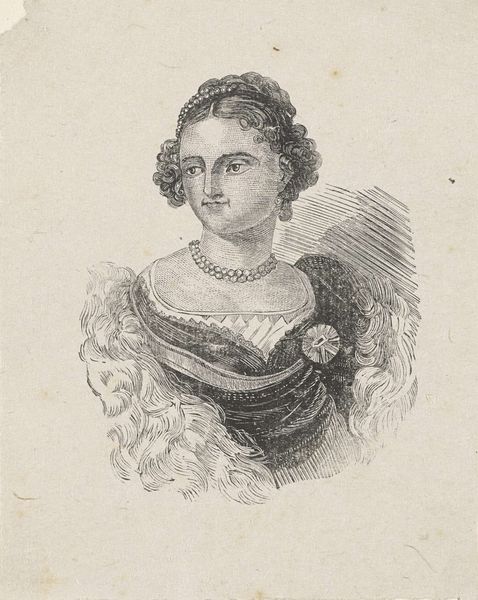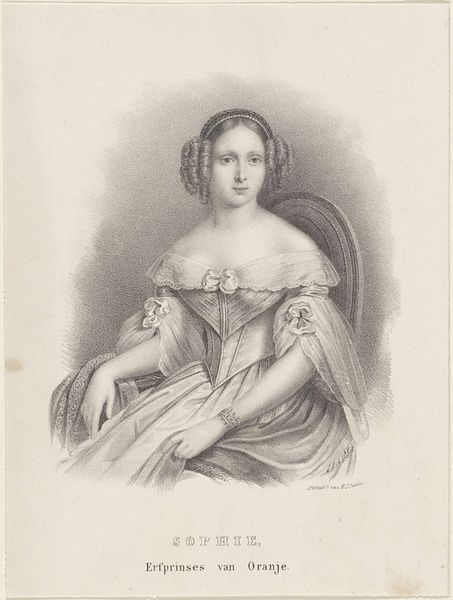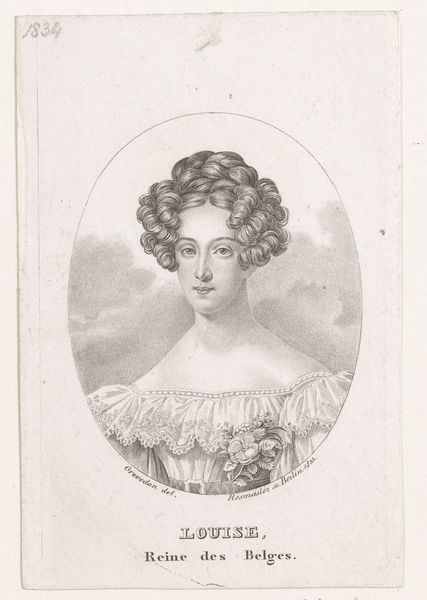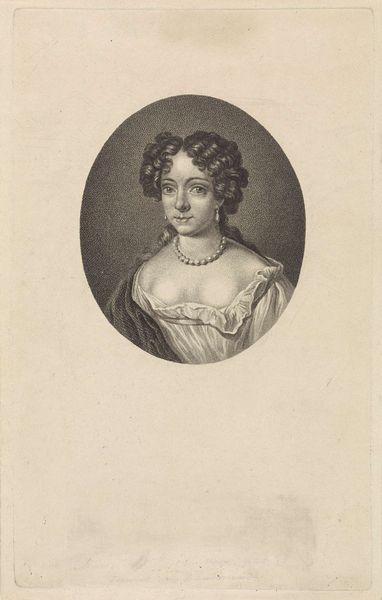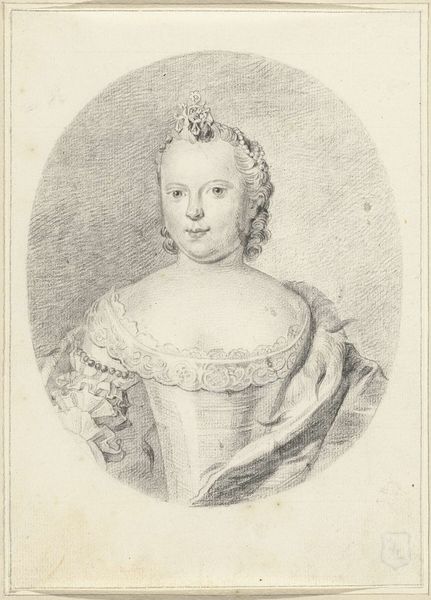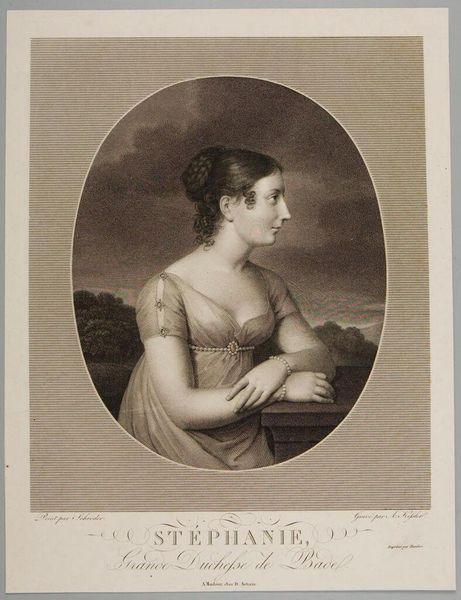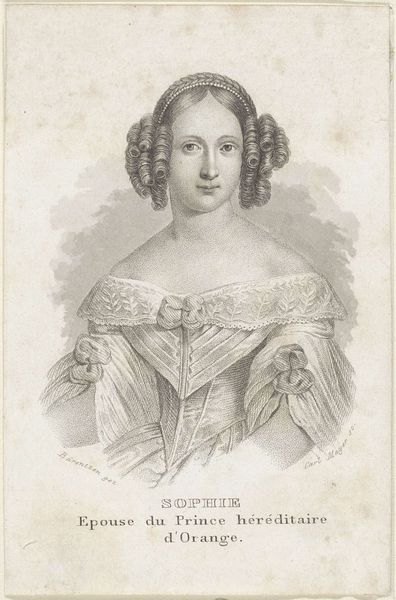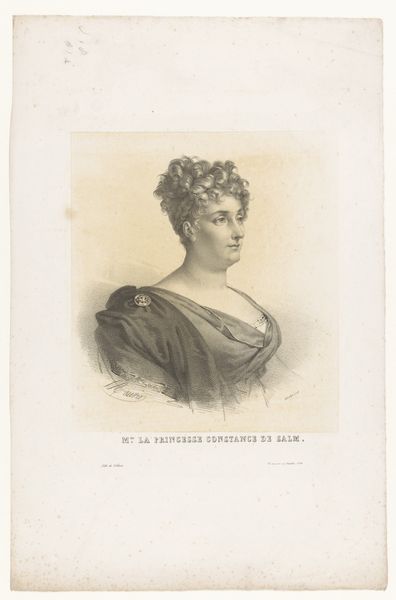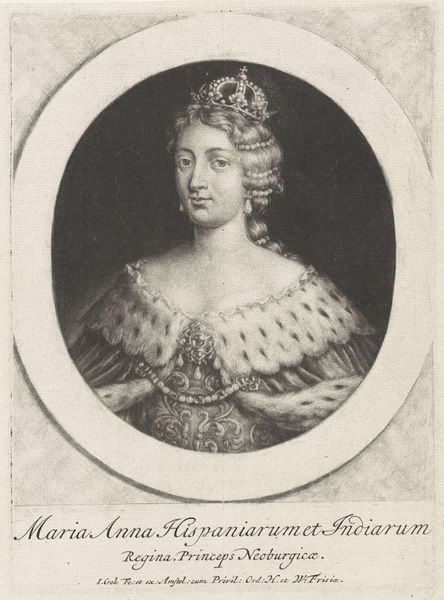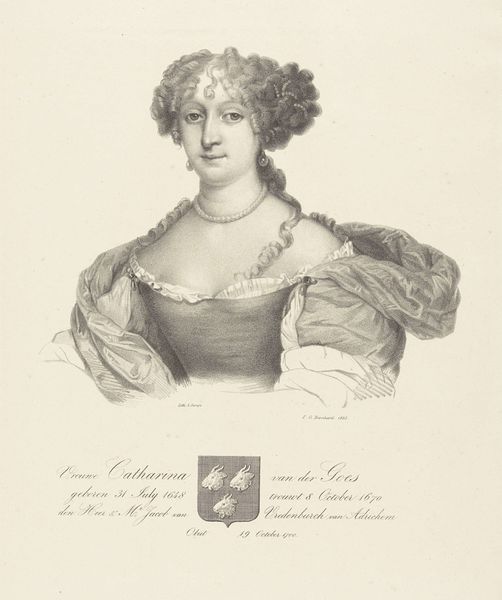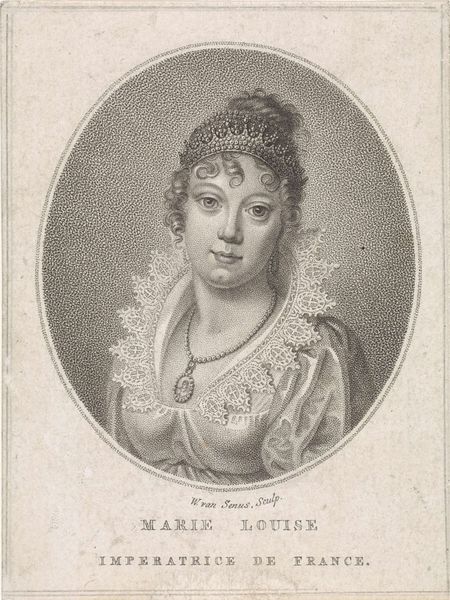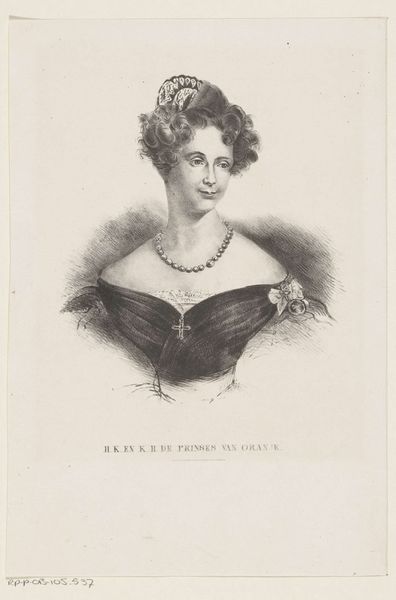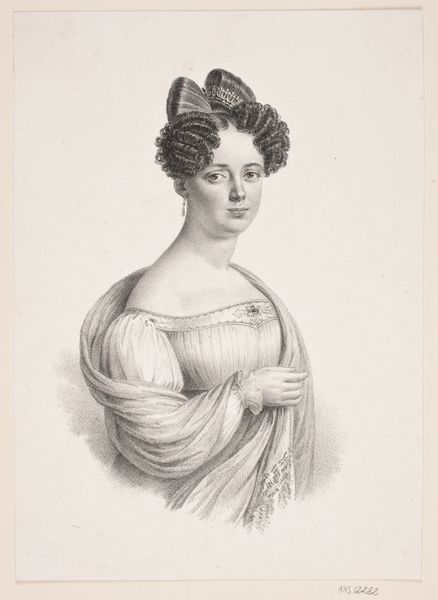
Portret van Anna Paulowna Romanowa (koningin der Nederlanden) 1816 - 1840
0:00
0:00
willemvansenus
Rijksmuseum
engraving
#
portrait
#
neoclacissism
#
old engraving style
#
historical photography
#
19th century
#
history-painting
#
academic-art
#
engraving
Dimensions: height 280 mm, width 218 mm
Copyright: Rijks Museum: Open Domain
Editor: Here we have a portrait of Anna Paulowna Romanowa, Queen of the Netherlands. This engraving, dating from between 1816 and 1840, possesses an undeniable air of formality and emphasizes her regal status. What can you tell me about the role these kinds of portraits played at the time? Curator: Absolutely. These portraits served as powerful tools for shaping public perception. Consider the social and political context: Anna Paulowna, a Russian princess marrying into the Dutch monarchy. The portrait, therefore, became a mechanism to legitimize and solidify her position. How do you think her portrayal here caters to Dutch sensibilities while acknowledging her Russian background? Editor: I see her clothing seems relatively subdued and “Dutch”, without overly opulent displays of Russian imperial wealth. Maybe that conveys an effort to fit into her new role, though the fur does still seem opulent. Curator: Precisely. It's a carefully constructed image designed for public consumption, aiming to present her as both a queen and an approachable figure. We might also consider who had access to such imagery and where they were likely to view it. Did this help cement her status as an accepted figure among the public? Editor: That’s a good point, the engraving makes it reproducible for circulation, and more accessible to those outside court circles. I now appreciate that the image's formality contributes to something far beyond personal representation. Curator: Exactly. Now consider this: in what other ways might similar artworks reflect or resist broader cultural shifts during the rise of nationalism across Europe? It encourages us to look beyond just individual identity. Editor: This conversation has given me a better perspective into thinking how political context shaped art in ways that are not always immediately obvious.
Comments
No comments
Be the first to comment and join the conversation on the ultimate creative platform.
